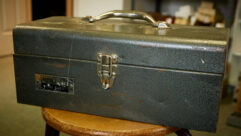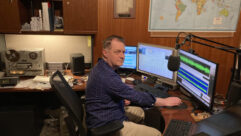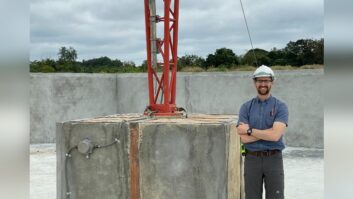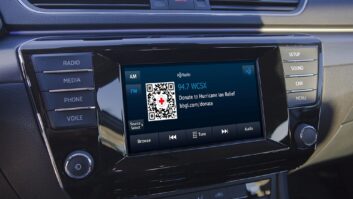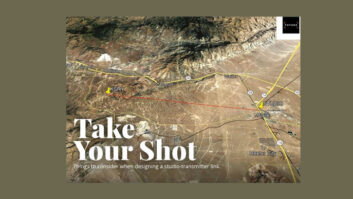LAS VEGAS � Some industry observers believe the most likely long-term solution to �save� the legacy AM broadcast band service in the United States will be the eventual conversion by all stations to all-digital modulation. Here at the NAB Show, David Layer, senior director of the NAB�s Advanced Engineering Technical Department, released the findings of a recent comprehensive testing program undertaken to determine the impact of all-digital signals on co-channel and other listening as stations migrate to all-digital.
�
A key finding: �Interference concerns of all-digital signals into existing analog stations should not be an impediment to the rollout of all-digital.�
�
Cavell Mertz & Associates engineers Dan Ryson and Mike Rhodes constructed a hardware test platform that consisted of three low-power transmitters, five representative receivers and associated test equipment. A series of tests using various modes and signal strengths were conducted to measure the resulting interference and noise degradation generated from the undesired all-digital signal to the desired signals. The primary focus was directed on all-digital interference into analog listening.
�
Layer indicated that �theory predicts an all-digital signal will elevate the co-channel noise floor 9 dB higher than a comparable analog signal� when evaluation measurements are made. The simulations confirmed this expectation as the differential remained essentially constant at about 10 dB for desired-to-undesired signal strength ratios from zero dB to about 40 dB. At 60 dB D/U, the difference reduced to zero dB. However, the character of constant background digital noise seemed less annoying than analog modulation interference.
�
When testing the desired signal at a 46 dB D/U ratio above the ambient noise floor, which is the 5 mV/m primary contour analog signal strength, only a 3 dB increase in SNR was noted when a co-channel all-digital signal was turned on. This remained the same at a much weaker 26 dB D/U ratio. That was the worst-case measurement on only one of the five test receivers. The other four averaged about a 1.5 dB noise degradation increase.
�
These small increases of background noise contributed by all-digital signals will likely be mostly masked by the ambient noise floors already present in the listening environment of most areas. The test project concluded, �Interference concerns of all-digital signals into existing analog stations should not be an impediment to the rollout of all-digital.�
�
� Radio World
�
